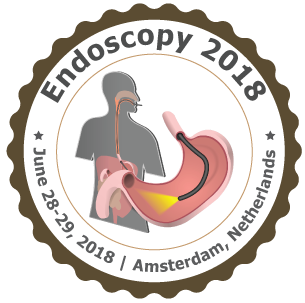12th International Conference on Abdominal Imaging and Endoscopy
Amsterdam, Netherlands

Marwa Abourayan
Alexandria university, Egypt
Title: Structured reporting of neoplastic porta hepatis lesions, what not to miss
Biography
Biography: Marwa Abourayan
Abstract
Aim
To identify imaging features of neoplastic porta hepatis lesions of vascular and non vascular origin using CT and MRI
Methods & Results
The main indication for imaging referral was chronic right hypochondrial pain. We retrospectively analyzed 30 cases of porta hepatis lesions with age ranging between (22-80) years, (mean age 55 years) explored by:
-
Multi-phasic CT using xx row detector multi-slice CT, 3 phase contrast protocol
-
MR cholangiography using a 1.5 T closed MRI
-
Liver MRI using a 1.5 T closed MRI
Regarding the anatomical origin of the PH-lesions we divided them to lesions of vascular and non vascular origin. Regarding the final diagnosis; vascular lesions included portal vein thrombosis, encasement of the common hepatic artery, and common hepatic artery aneurysm (n=12), non vascular lesions namely cholangio-carcinoma, metastatic lymphadenopaties and non Hodgkin's lymphoma (n=10) and combined vascular and non vascular lesions (n=8)
We opted for a structured report commenting on status of the liver parenchyma, gall bladder, common bile duct and common hepatic ducts, vascular structures status (i.e. portal vein, common hepatic artery) and lastly nodal status.
Conclusions
Imaging of the porta hepatis is challenging and complex with wide spectrum of malignant pathologies of different origins. Familiarity with the pathogenesis and imaging features as well as structured reporting algorithm can aid the radiologic diagnoses and guide appropriate patient management.

